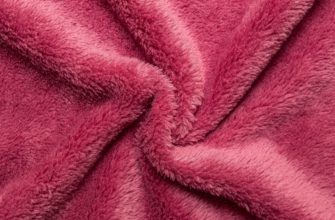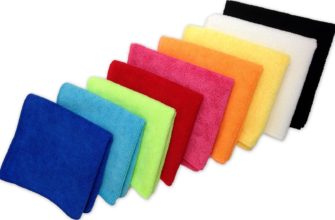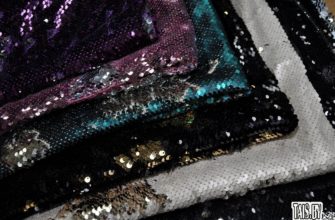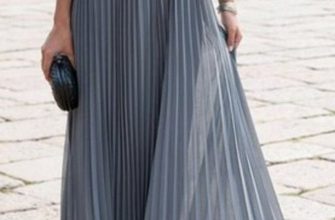There are a huge number of textile materials on the consumer market that have both natural and synthetic composition. In some qualities, artificial additives not only do not lag behind natural substances, but also surpass them. Spandex is very popular, so what is spandex?
What is spandex in fabric
Spandex is the name of a polymer fiber that is obtained from rubber. Fabrics of this type are distinguished by noticeable elasticity, which is why they have become very popular in sewing casual and sportswear for children, women and men.
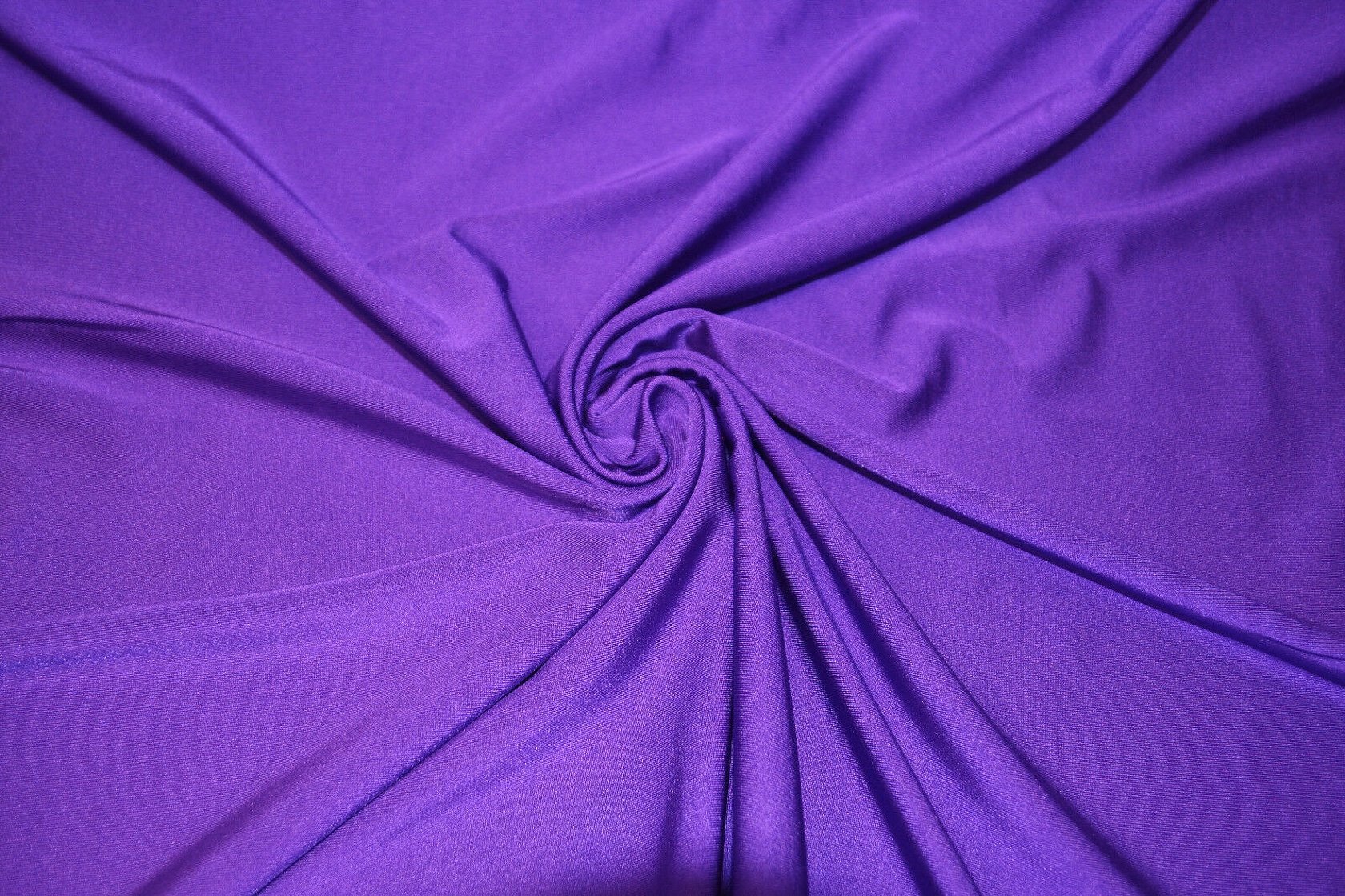
History of creation
Spandex was developed by an American chemist, so the United States is rightfully considered its birthplace. The fabric appeared in the mid-50s of the last century. Elastane was born by chance. Textile workers were trying to find an alternative to rubber. As a result of several experiments, such a fabric as spandex was born.
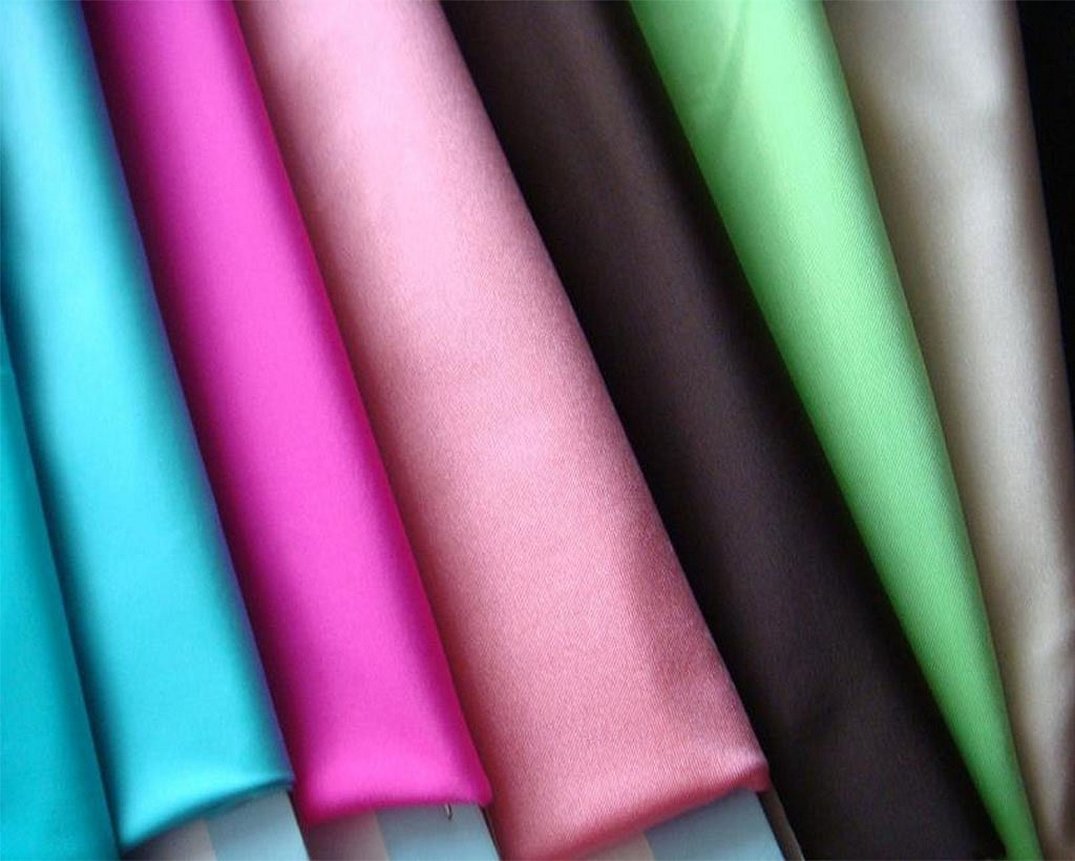
What is spandex fabric? The name is derived from an anagram of the English word meaning "to stretch." This word perfectly reflects the essence of the threads.
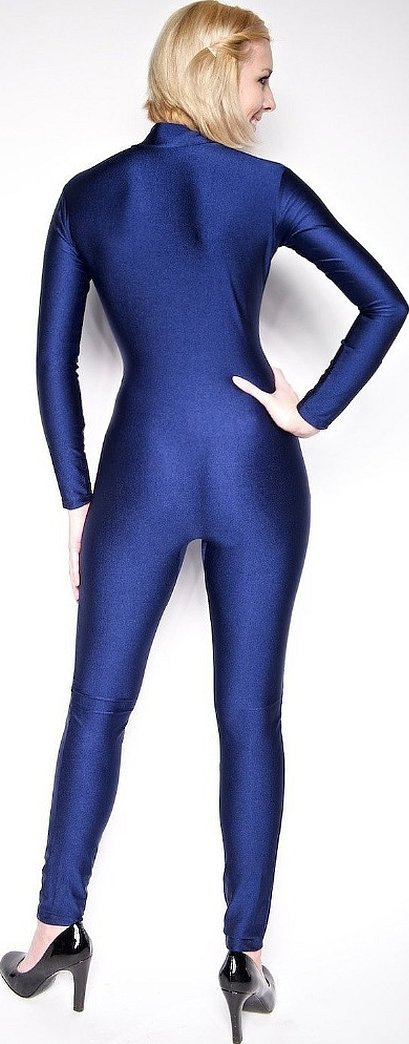
In Russia, elastane fabrics, as the fabric was called in Europe, appeared in 1975. It began to be actively produced and introduced into circulation. It is still used today to create clothing and accessories.
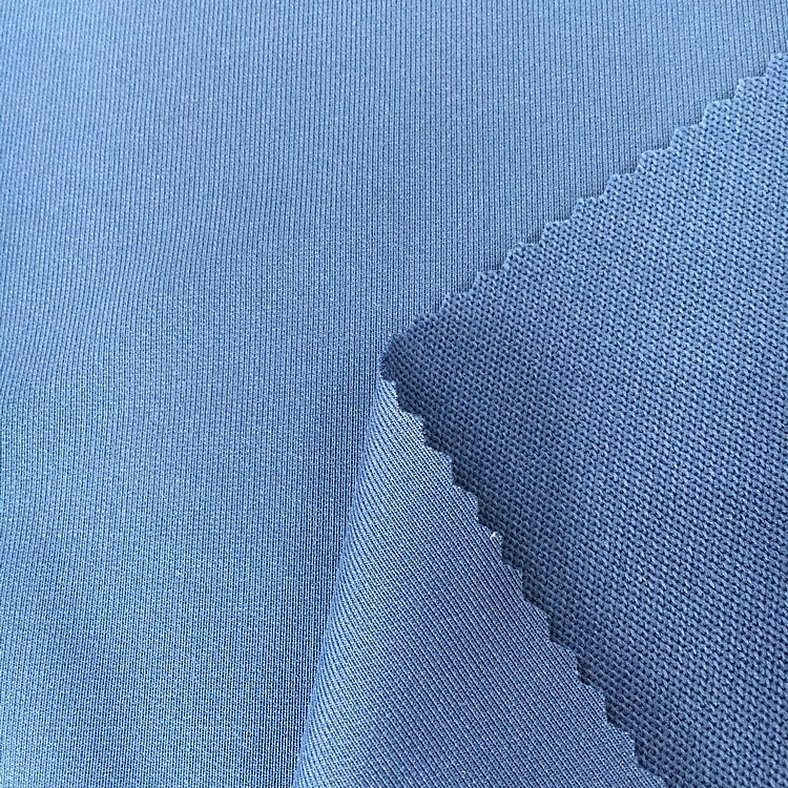
Spandex what kind of material: composition and properties
The fabric is obtained by melting the original raw material. This material is a polymer, which has an artificial, that is, synthetic origin, because the majority of the composition, over 80%, is represented by polyurethane.
Please note! The material is extremely popular due to a number of its advantages, including wear resistance, strength and affordability. The high level of plasticity allows the fabric to stretch in several directions. According to this feature, two types of fabrics are distinguished: two-dimensional and four-dimensional spandex. The first option implies the possibility of stretching in one direction, and the second - in two directions.
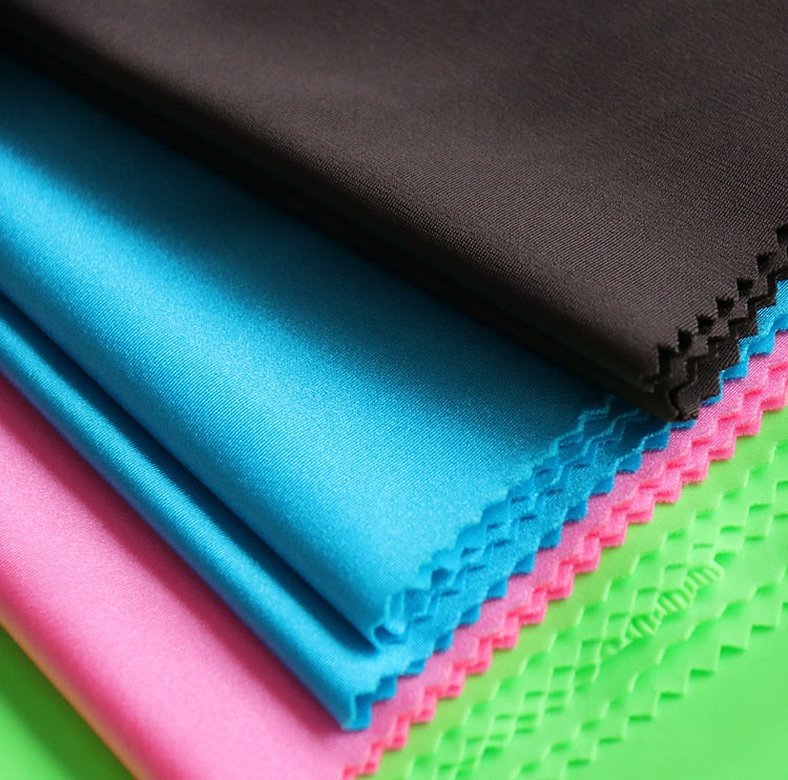
In addition, there is spandex, which can consist of natural components. Natural fibers, which can be represented by cotton or linen, can increase the lifespan of the fabric.
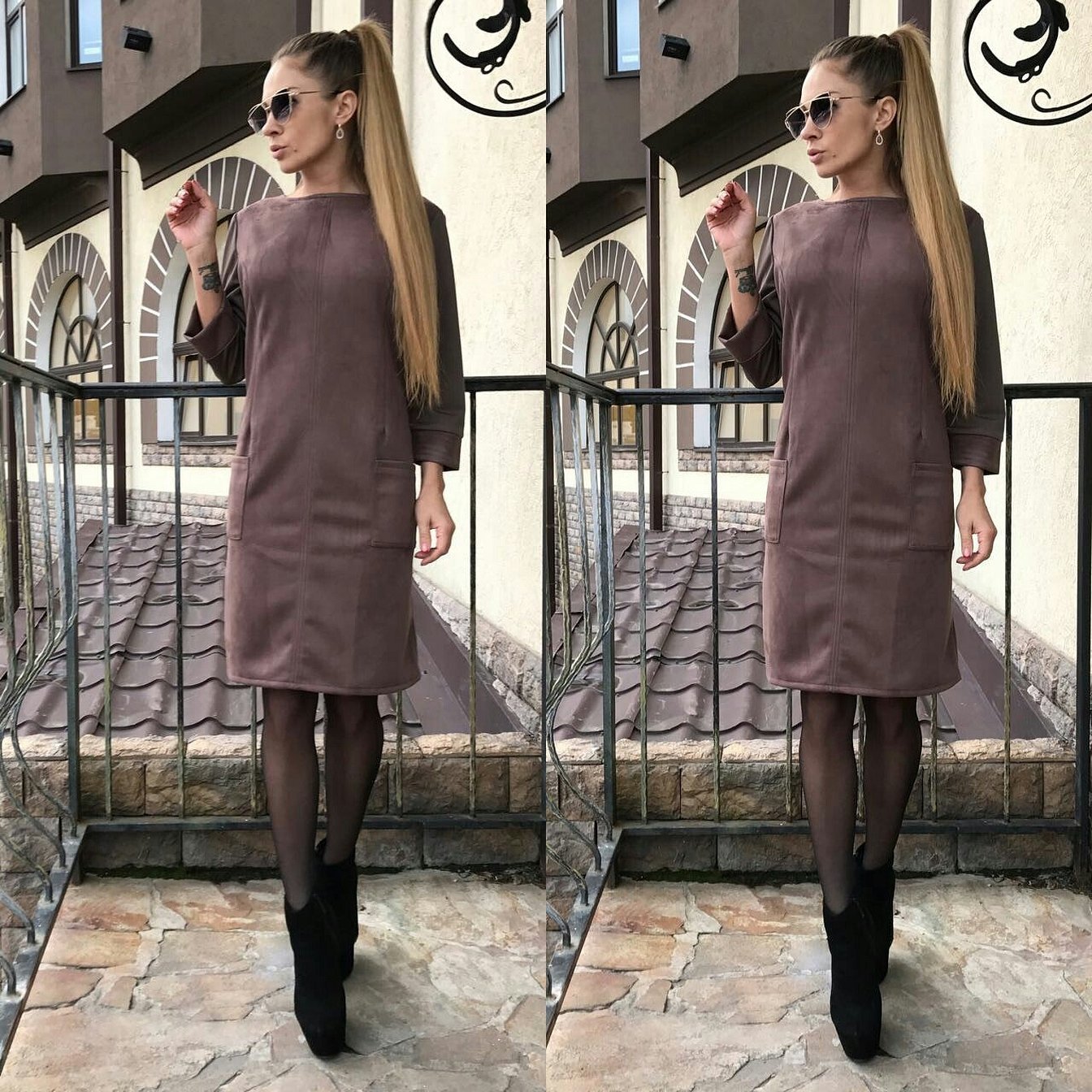
Combination with other materials
Often you can find combinations of elastane with other natural and synthetic components. Due to satin, linen, tulle, cotton or viscose in the composition, the material is endowed with a large number of advantages.
Lycra
The material has different names. In North America it is called spandex, in Japan - neolan, and in Italy - vorin. The second popular name of the fabric is lycra. It is the spandex thread that is the basis for creating the material. The material is very flexible, so it easily fits the skin, like a second shell. The fabric does not have a special shine; it is more matte.
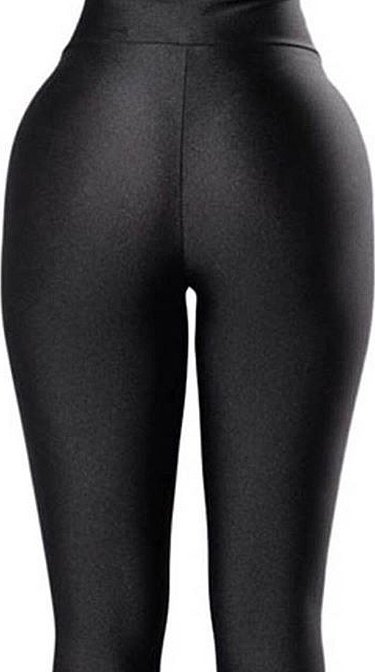
Polyester
The combination of polyester and spandex gives the fabric good air permeability. In this case, in winter, clothes will help to keep warm, and in summer it will be comfortable due to the passage of air through the fibers. Of the disadvantages, it is possible to highlight the fact that light-colored products are easily exposed to sunlight. When exposed to ultraviolet light, the fabric fades, and the white color becomes yellow. When acetate is added to the pair, a high-tech combination is obtained, which makes the fabric more durable and wear-resistant. Such fabrics are used in sewing jackets and outerwear.
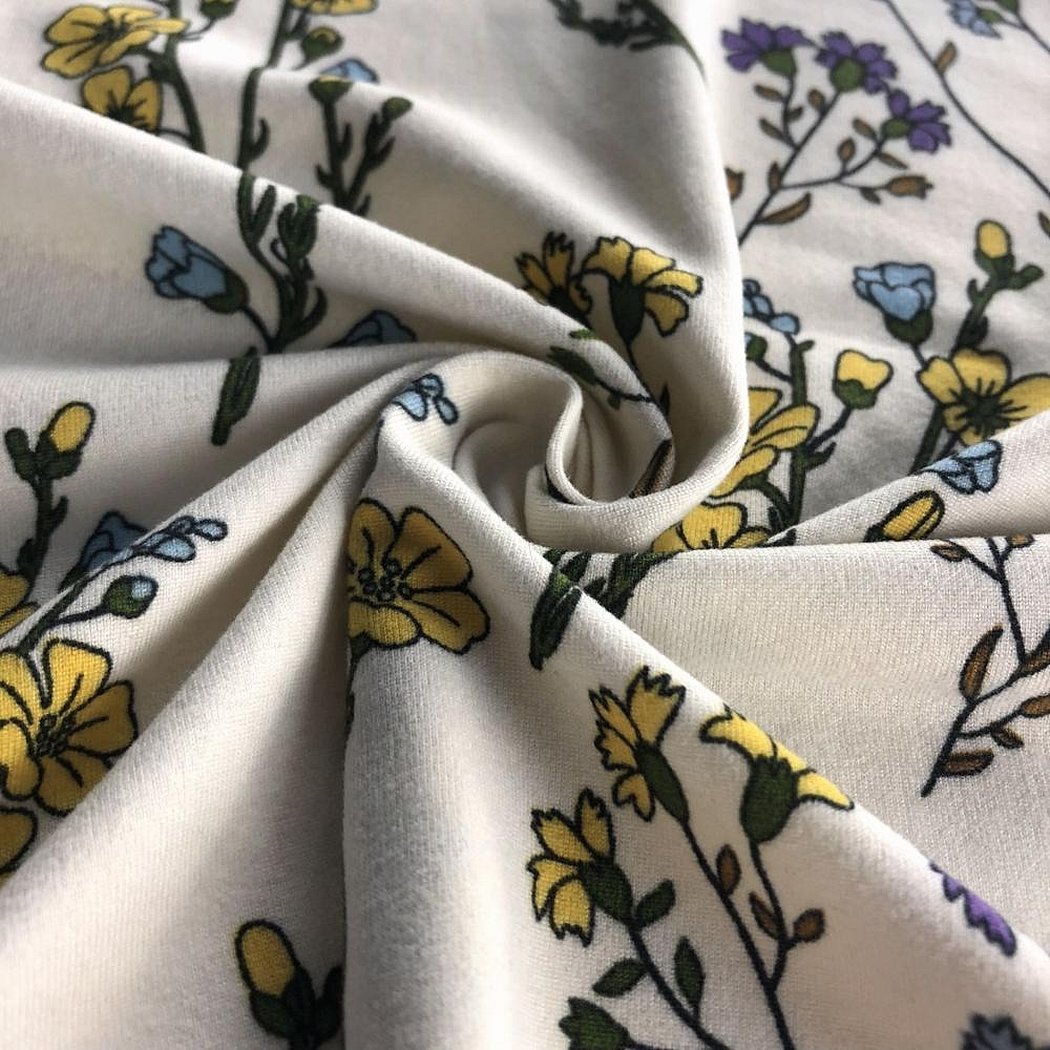
Flax
Adding flax to the composition turns the products into more environmentally friendly and safe things. They retain all the properties of elastane and hold their shape well. The appearance remains beautiful even after numerous washes, and the items do not wrinkle or shrink.
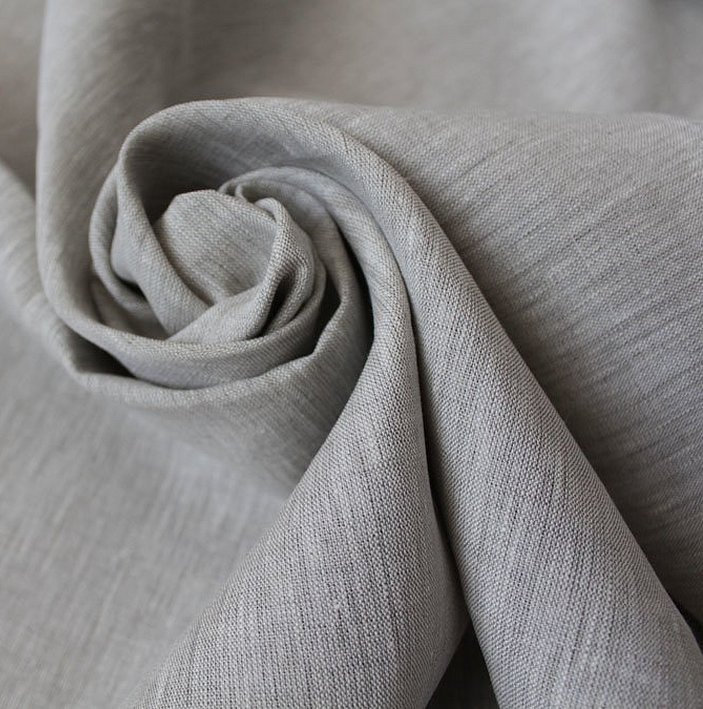
Viscose
Such artificial fibers are quite popular in combination with spandex. The result is a very soft, light, skin-friendly fabric that has a significant density.
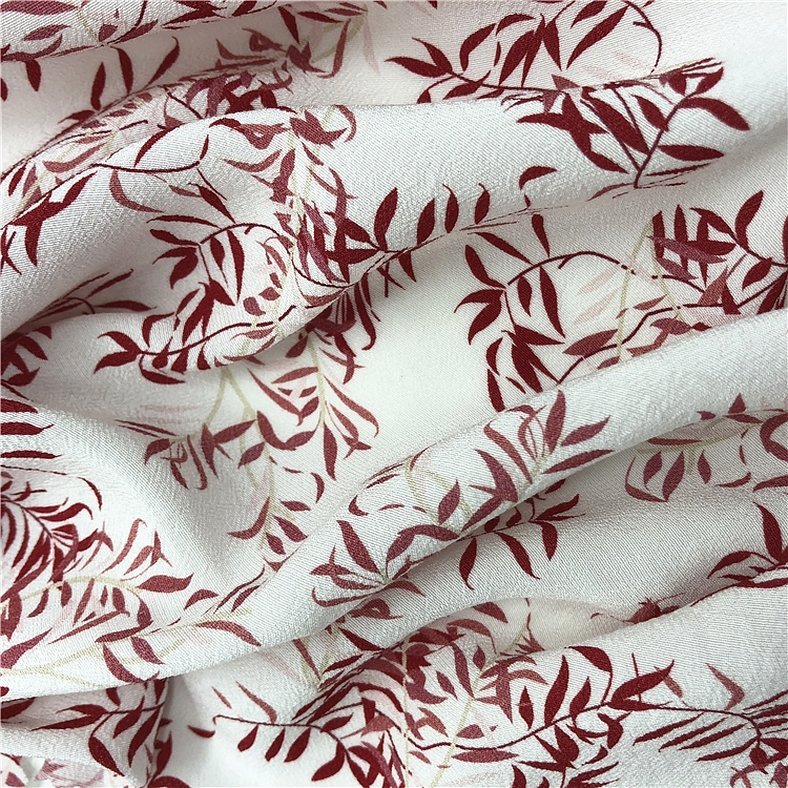
Satin
Satin and elastane work perfectly together. If 100% spandex looks cheap on the outside, satin gives it that special something. The end result is very durable, soft, airy, high-quality products.
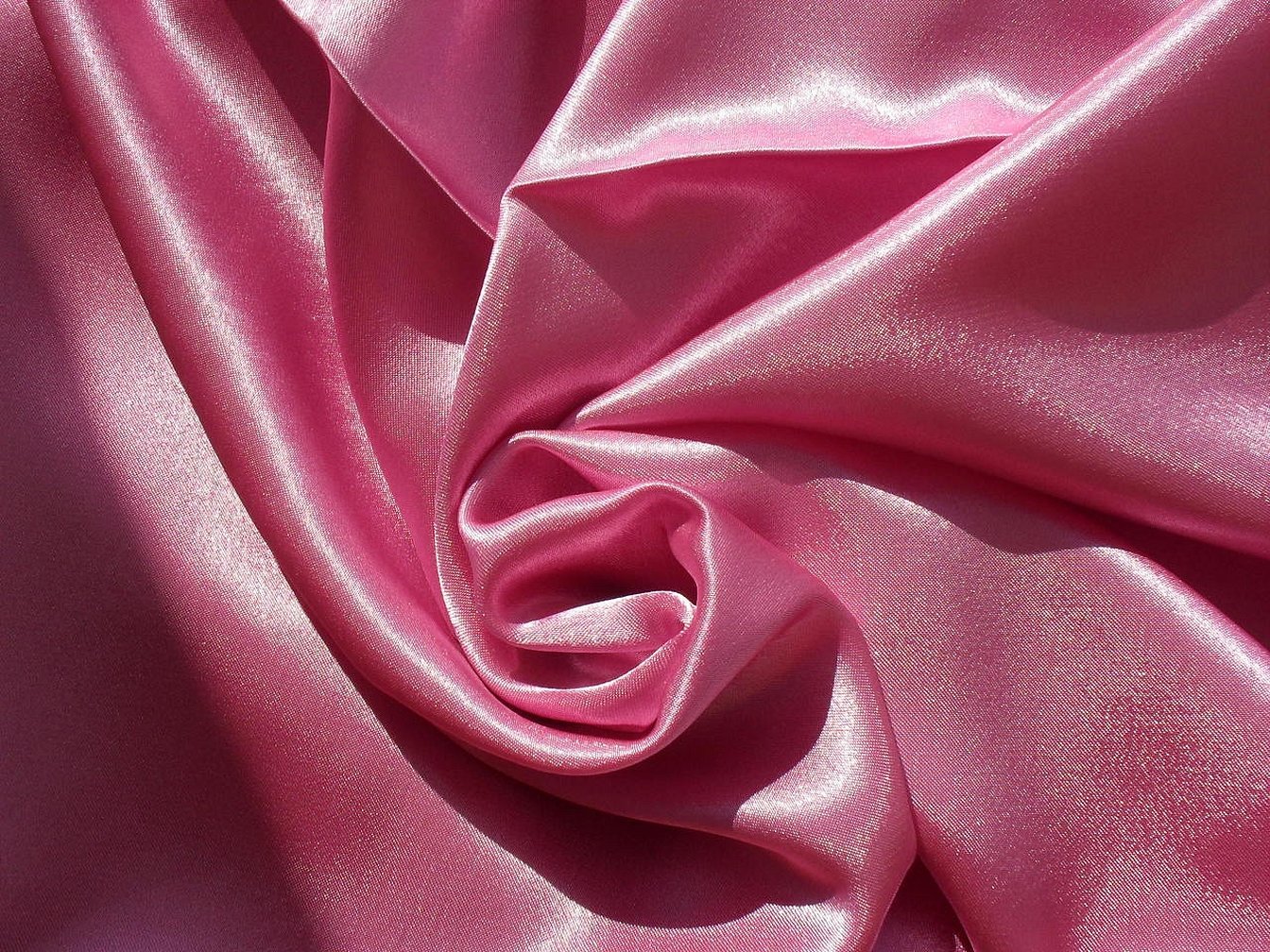
Nylon
Nylon fabric is characterized by a reliable level of durability, which is achieved due to high density. Such products are able to remain in a prime form for a long time and react weakly to aggressive effects.
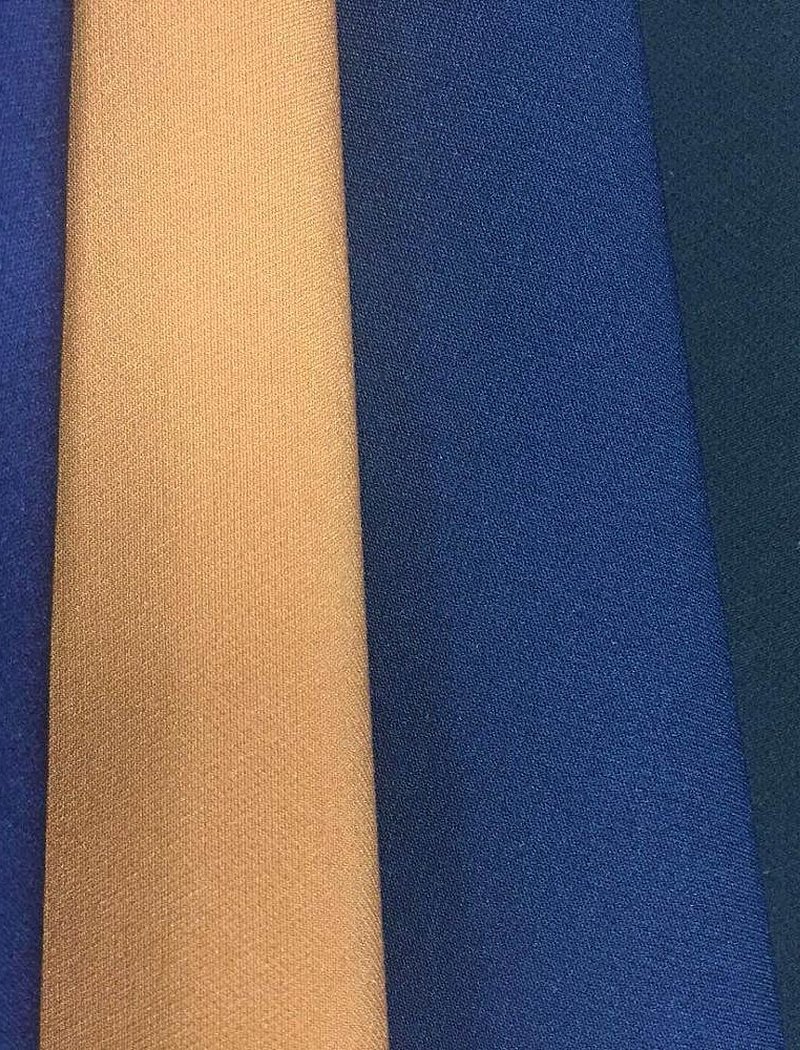
In addition, adding elastane to denim products results in wonderful stretch synthetic items.
Scope of application
Initially, textile manufacturers were tasked with making fabric for military uniforms. As a result, spandex was born, which became applicable in a much wider range of areas of human activity. This fabric has found wide application in the creation of everyday clothing for people. And what is spandex in clothing? Of course, it is dresses, swimsuits, socks, shapewear, tracksuits. The fabrics are able to retain heat, so they are used in the manufacture of warming underwear.
Note! Traditionally, rocker clothes, stage outfits, superhero and clown costumes are made from it. Furniture, curtains, blinds and medical gloves are also made from it.
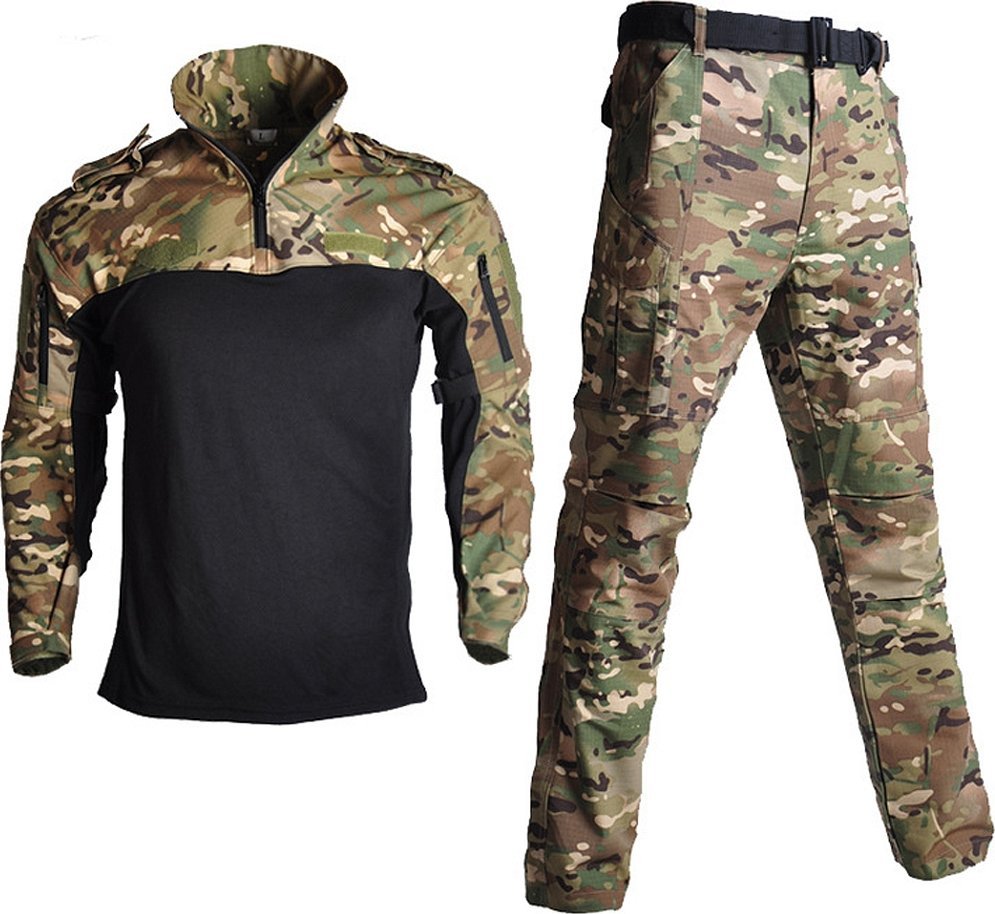
How to sew with spandex
You can sew elastane wardrobe items not only on special equipment, but also with your own hands at home. The fabric is quite demanding, but if all conditions are met, the result of the work will definitely please. It is best to start doing all the manipulations on a small extra piece of fabric. This way you can not only make sure that you can make something from elastane, but also practice working with such material. A few tips:
- It is necessary to purchase special needles for working with knitwear, which are intended for knitting.
- Since spandex is a fragile material, do not use needles or pins. Instead, use chalk or a blunt pencil.
- When sewing, the fabric should be slightly stretched, this way it will be possible to avoid deformation. For spandex, an elastic band - thread is suitable.
How to Choose Spandex Fabric
The choice of material should be taken seriously and carefully. Low-quality fabric can have a negative impact on the creation process or wearing of the finished product.
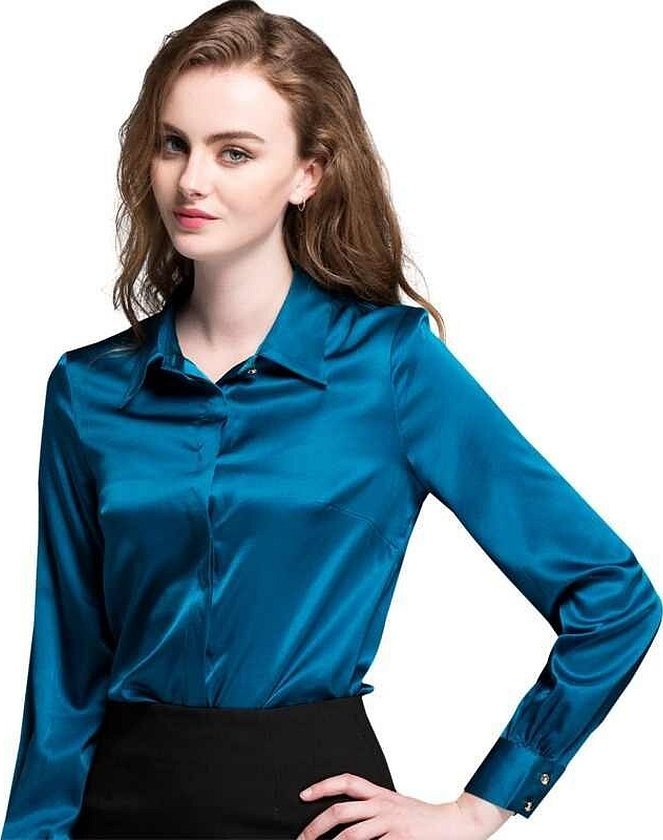
Important! Before buying, you should carefully examine the material. It should not have any damage: holes, snags, or pellets. The color should also be uniform and without stains.
Description of the features of elastane:
- The first impression when touching spandex should be pleasant. The fabrics should shine, be velvety and soft to the touch.
- Elastane should stretch well, increasing several times. Don't be afraid to test the fabric for elasticity and strength.
- The best manufacturers of the material are Europe, the USA, Russia, Belarus and China. Each person decides for themselves which of them to give preference to.
Features of care
Despite the unpretentiousness of the material, the products require some care:
- You should not give preference to strong, aggressive detergents for cleaning. Do not use chlorine under any circumstances. The washing temperature should not exceed 40 degrees.
- It is not recommended to iron the fabric. Spandex is distinguished by its ability to not create folds. Some people still mistakenly begin to iron and steam clothes. If the composition contains natural fibers, then this process can be used, but with caution. It is best to use gauze as a lining and thus not allow the iron to come into contact with the clothes. The iron temperature should not be higher than 150 degrees.
- Since the material is afraid of the sun, it is better to store it in a dark, dry place. And if you need to transport it, you need to close it tightly in a box, bag or suitcase.
- Dryers are not the best option for spandex. Air drying should only be done on non-sunny days or in areas protected from light.
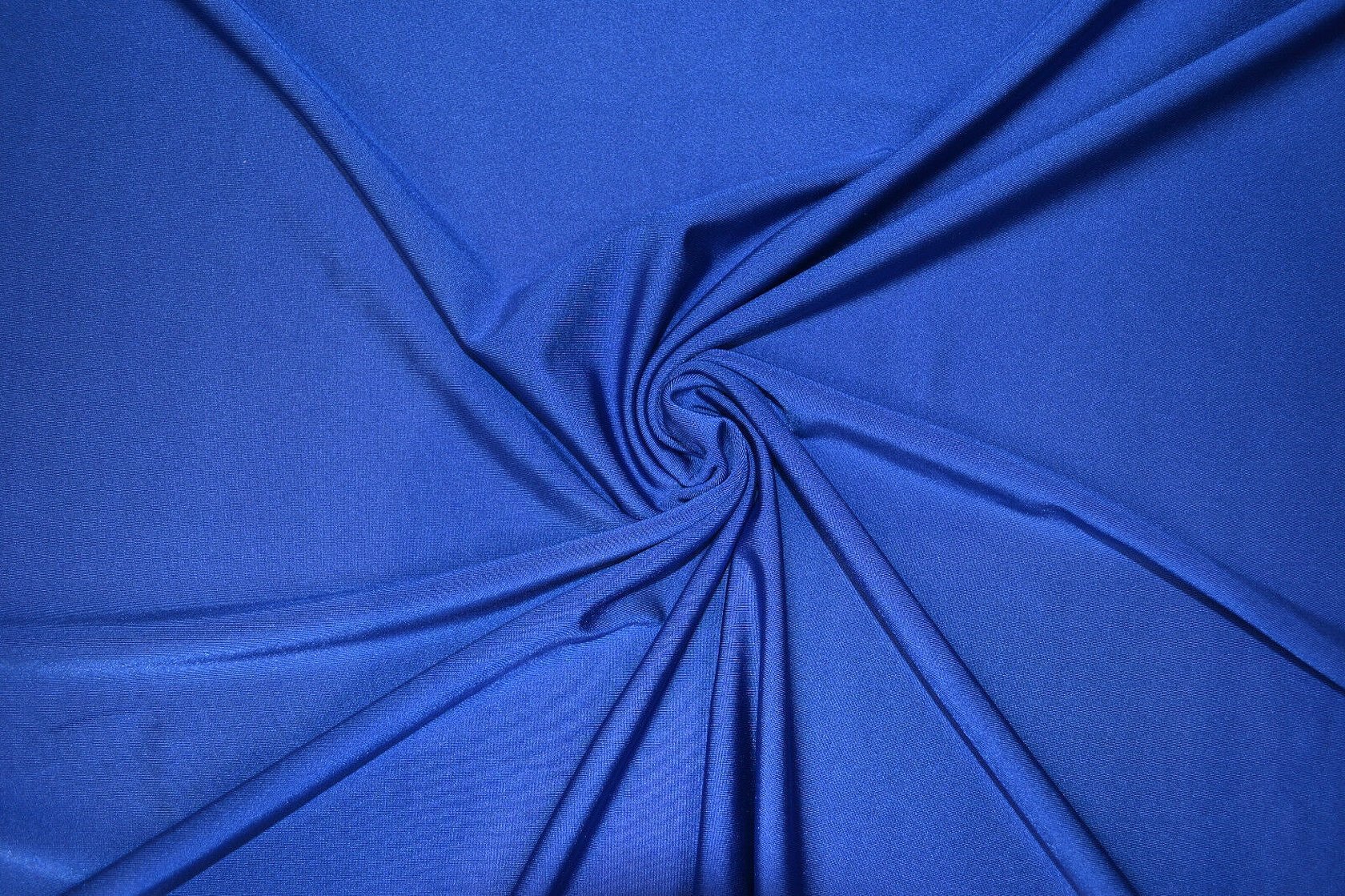
Advantages and disadvantages
Advantages:
- Elasticity. The material has a high level of plasticity, so it stretches well. When stretched, the dimensions can increase up to 7 times.
- High wear resistance. Spandex products can serve their owners for many years.
- Lightness. The material is practically weightless, so it is comfortable and easy to use.
- The products do not shrink. After many washes, the fabric retains its original appearance. But of course, everything depends on the washing method. If the approach is wrong, the material can change by 2 times.
- Softness. The material is very pleasant to the touch. Due to this, tactile contact of the skin with clothes brings pleasure and allows you not to experience discomfort and unpleasant sensations while wearing.
- Hygroscopicity. Due to the high level of density, the fabrics repel water drops, keeping clothes dry.
- The material is resistant to dirt. Even the most dangerous dyes for clothes: wine, juice, cosmetics, nail and hair polishes, are not able to spoil the item forever. It is easy to clean from stains.
- At the same time, during the process of creation, clothes can be dyed. They easily take the desired color, so they can have a huge palette of shades.
- Elastin does not wrinkle at all. Due to the lack of possibility of folds, products made from such fabric do not need to be ironed, which saves a person's time.
- The fabric is smooth and shiny, which creates a pleasant visual impression.
Flaws:
- The fabric is easily deformed. If you try to fix a hole manually, the material may behave poorly. And the reason for this is a special method of weaving threads that is used to create the material. You should not pin pins, brooches or badges to the clothes.
- The material does not protect against ultraviolet rays. If exposed to the sun for a long time, yellow spots may appear on the fabric.
- Spandex is a man-made material. It can cause allergic reactions in people, so fabric made of 100% elastane is not recommended for allergy sufferers.
Reviews
Marina, Tyumen: "I recently sewed a spandex suit for myself, it looks simply magnificent, I chose the color of coffee with milk. Very good quality fabric, holds the shape of the product, it is a little stretchy, and it has a sheen like velvet, I am very pleased. Moreover, I learned that spandex comes in different densities, it is even suitable for a bandage, I am thinking of getting a thinner one for a dress, the color range of the fabric is very diverse."
Irina, Anapa: "I liked the dress made of this material, I bought myself a black one, tight, even a little sparkling in certain lighting. The only thing that was uncomfortable was that you constantly had to adjust it, otherwise it would ride up"
Lyudmila, Kerch: "My friend recommended this fabric to me. I was pleased and very glad that I listened to her advice. I had an evening dress made to order for a special occasion. The dress did not restrict my movement and hugged my body very effectively. And the best part is, of course, the price of this fabric."
Most buyers vote for spandex due to its ability to not restrict movement. In such clothes it is comfortable to move and exercise.

